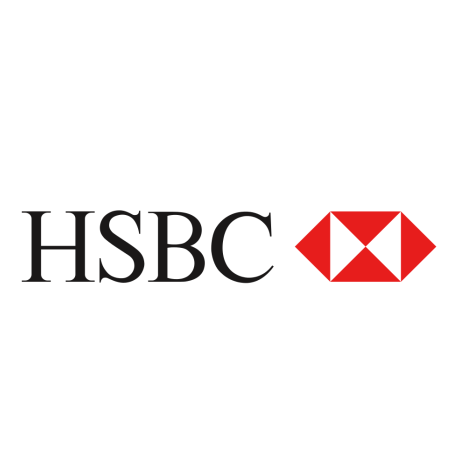HSBC to invest $15-17bn in new tech
HSBC is looking for growth again as it plans to invest $15-17 billion in new technology.

“It is now time for HSBC to get back into growth mode”
In its latest strategy update, John Flint, HSBC group chief executive, says it will use its “size and strength to embrace new [unspecified] technologies” but adds that this is “subject to achieving positive adjusted jaws each financial year”.
Flint wants the bank to make a mint and explains: “After a period of restructuring, it is now time for HSBC to get back into growth mode. The existing strategy is working and provides a strong platform for future profitable growth. In the next phase of our strategy we will accelerate growth in areas of strength, in particular in Asia and from our international network.”
To achieve this mighty ambition, HSBC has eight priorities – some of which are explained below.
It will look for happy hunting times in Hong Kong by investing in the Pearl River Delta (PRD), the Association of Southeast Asian Nations (ASEAN), and “Wealth in Asia” (including insurance and asset management).
Like many others, it wants to tap into the China-led Belt and Road Initiative and the “transition to a low carbon economy”.
Other stuff will see investment in digital capabilities and future skills, and look for partnerships. Same as all other banks.
The other goals are very vague – such as “turn around our US business” and “gain market share and deliver growth from our international network”.
Throughout the period from 2018 to 2020, HSBC says its plan assumes its common equity tier 1 (CET1) ratio will be above 14%. The bank’s CET1 ratio has been above this level for the last five quarters.
To achieve these financial targets, it aims to deliver mid-single digit growth in revenue, low to mid-single digit growth in operating expenses, and c.1-2% annual growth in risk-weighted assets (RWAs).
HSBC adds that it expects this to result in an improvement in reported revenues as a percentage of reported average RWAs from c.5.9% in 2017 to c.7% by 2020.
Back in April, HSBC was making plenty of noise about having spent $2.3 billion on improving its artificial intelligence (AI) and digital capabilities around the globe.











































